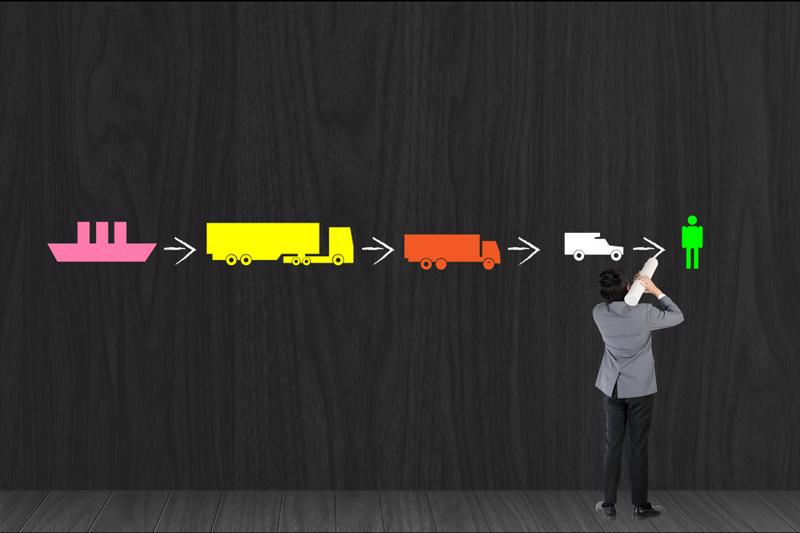A simple pallet jack can make a huge difference in just about any warehouse or industrial setting because it strikes that fine balance between what a forklift can do at great expense, and what even a few workers can handle with great exertion. However, just like any other addition to your facility, there are safety concerns all involved should keep in mind.
Consequently, any company currently using pallet jacks, or thinking about incorporating them into their operations, needs to be cognizant of the following safety issues, among others:
1) Make sure any user has received proper training
Just like any other heavy equipment in your facility, managers need to ensure the workers handling a pallet jack have been properly trained to do so, according to Cherry's Industrial Equipment. There are no OSHA requirements around doing so, and thus some companies may just go without, but that's not a good idea. A quick safety training should cover everything workers need to know about proper pallet jack handling.

In most cases, there shouldn't be too much wear and tear on a jack on a daily basis, but workers should always check the equipment over to make sure there are no problems before they start using it, Cherry's Industrial Equipment advised. That doesn't mean "at the start of each day," it means "every time it's used." A cursory glance should suffice, but it's important to ensuring everything is going to work as intended.
3) Weight restrictions must not be exceeded
Much like many other pieces of heavy equipment, pallet jacks are only built to withstand a certain amount of weight, according to Certify Me. If your workers exceed those limits, they may not only break the equipment itself, but they could also pose a safety risk to themselves and others. As such, any loads they take on with the jack need to be weighed to keep that risk minimized.
4) All potential hazards need to be accounted for
There are many things in any industrial setting that could pose a risk for pallet jack operators or others around them, Certify Me added. This could include traffic from other machinery (like forklifts) or inclines, as well as rough patches in flooring, debris left on the ground and more. Anyone using a pallet jack should therefore keep a lookout for anything that could pose a risk.
5) Users should plan their routes through the facility
A great way to prepare for such a risk certainly includes knowing what path the jack will take through a warehouse or factory before it's on that journey, according to HTSS, Inc. That way, it's easier to take the above risks into account, especially when those workers are also aware of what they will be using the jack to transport.
6) Potential issues must be reported right away
In the course of daily use, problems big or small might arise with any pallet jack, and these need to be addressed quickly, HTSS, Inc. cautioned. Workers should be instructed to report problems with its operation as soon as they're spotted so they can be fixed as soon as possible.


























